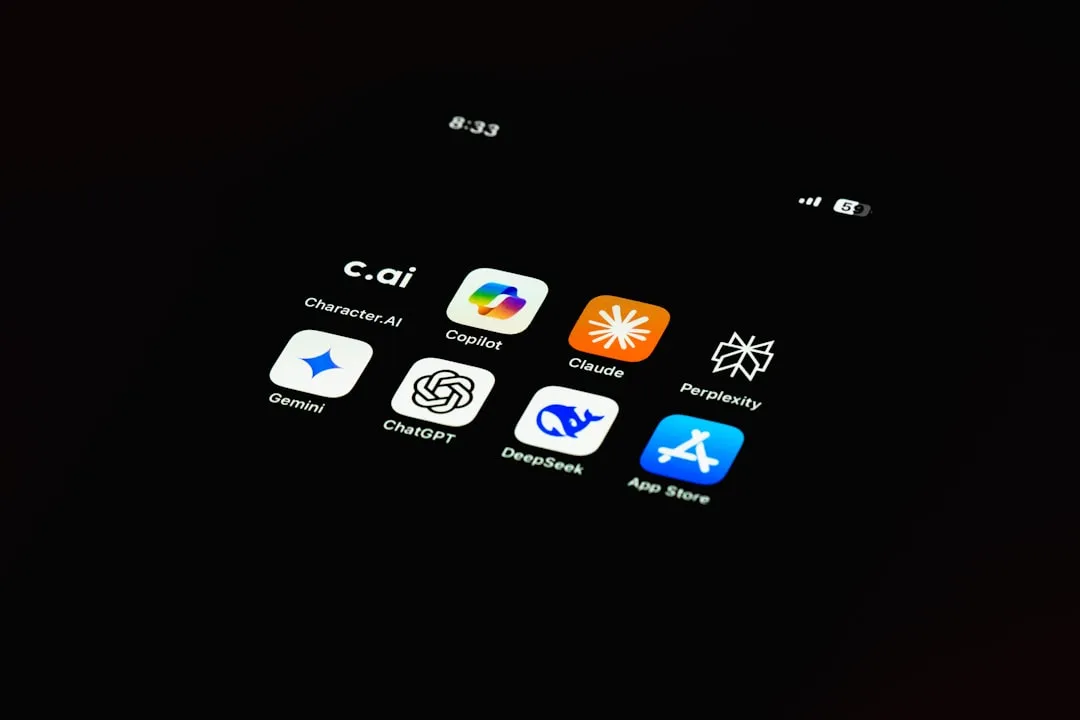Apple's Animojis took the world by storm with their ease of use and fluidity. They added new life to your emojis by mapping your face with the technology that lives inside the iPhone X. Now, Samsung is also adding new life to emjojis with the introduction of AR Emojis in the Galaxy S9 and S9+.
While the implication behind the term "AR Emoji" is that they'd follow in the footsteps of Animojis, they're actually a whole different animal, looking much more like an uncanny valleyBitmoji. Sifting through all this can be a little tricky, but we're here to help you find out exactly how AR Emojis fit inside a world dominated by Bitmojis and Animojis.
Animojis
Think of Animojis as augmented version of traditional emojis (available only on the iPhone X currently). Using the iPhone X's TrueDepth camera, it tracks your facial expressions so that your emojis mimic what your face does. Animojis are a great way to personalize your emojis, adding a touch that helps them jump out at you. To use them, find them inside iMessage.
Bitmojis
Despite the common root of "moji," Bitmojis and Animojis are pretty different. While Animojis augment your emojis, Bitmojis are a completely different beast, more like a Mii than an emoji. You create them inside the Bitmoji app, and they're most widely used in conjunction with Snapchat.
You're able to take a selfie and then use that as a reference for when you create your Bitmoji, and once you're done you can share them with your friends and family. However, you cannot manipulate the way they act like you can an Animoji. No, they have set expressions and animations inside your Snapchat's filters and lenses.
AR Emojis
In case you aren't exactly familiar with AR Emojis, Samsung announced them along with the Galaxy S9 and S9+ on February 25. They're essentially avatars (like Bitmojis) that you create from a selfie, but you can customize them in a myriad of ways.
Unlike Bitmojis, they are actually built primarily from the selfies that you take, but you can make changes as you see fit after your S9 or S9+ guesses what you look like. Additionally, your AR Emoji will be able to track and match your facial expressions like an Animoji would. Samsung also assures users they'll be able to share their AR Emoji in popular apps like Facebook Messenger and WhatsApp.
Conclusion
In all, AR Emojis fill an important void left between Bitmojis and Animojis. While their styling might be a bit weird, they effectively bridge the gap between the two dominant methods of facial expression. If you want to take your avatar game to the next level (and/or you don't want to jump into the Apple ecosystem), AR Emojis should be a great addition to the way you express yourself online.
- Follow Gadget Hacks on Facebook, Twitter, YouTube, and Flipboard
- Follow WonderHowTo on Facebook, Twitter, Pinterest, and Flipboard
Cover image by Brian Lang/Gadget Hacks


























Comments
Be the first, drop a comment!